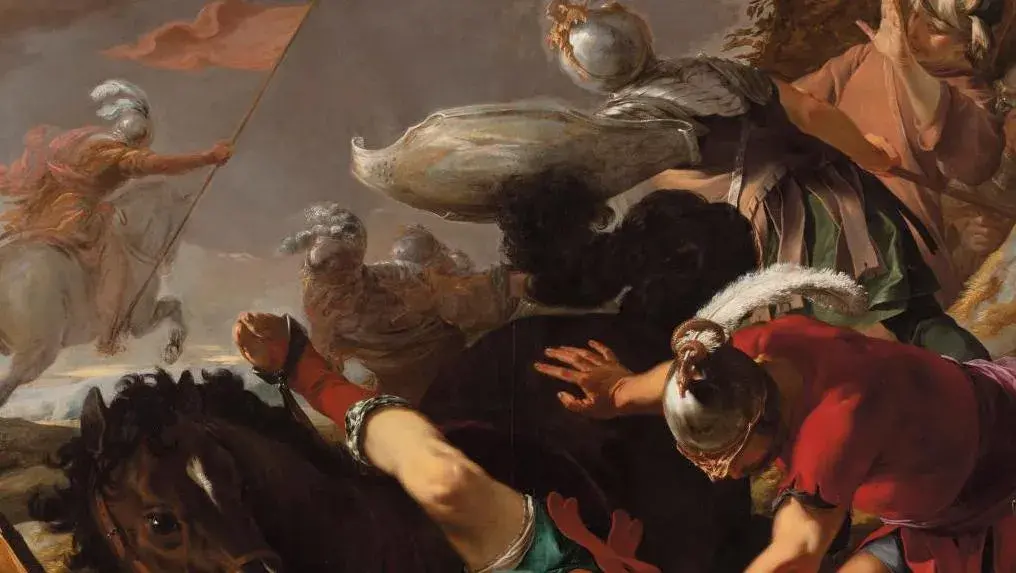The Large-Scale Paintings of Notre-Dame de Paris: An Exemplary Restoration
Published on

Spared by the fire, the cathedral's paintings and tapestries, now restored, are reunited in the Gobelins gallery in Paris, where they reveal their mysteries at eye level before returning to their original home at the end of the year. Laurent de La Hyre (1606-1656), The Conversion of Saint Paul, 1637.© DRAC Île-de-France The Mobilier National is providing a rare chance to admire a magnificent series of paintings belonging to Notre-Dame de Paris—the famous “Mays”—at eye level before they return to the cathedral. The exhibition is also an occasion to see the hanging entitled “The Life of the Virgin”, on show every Christmas









